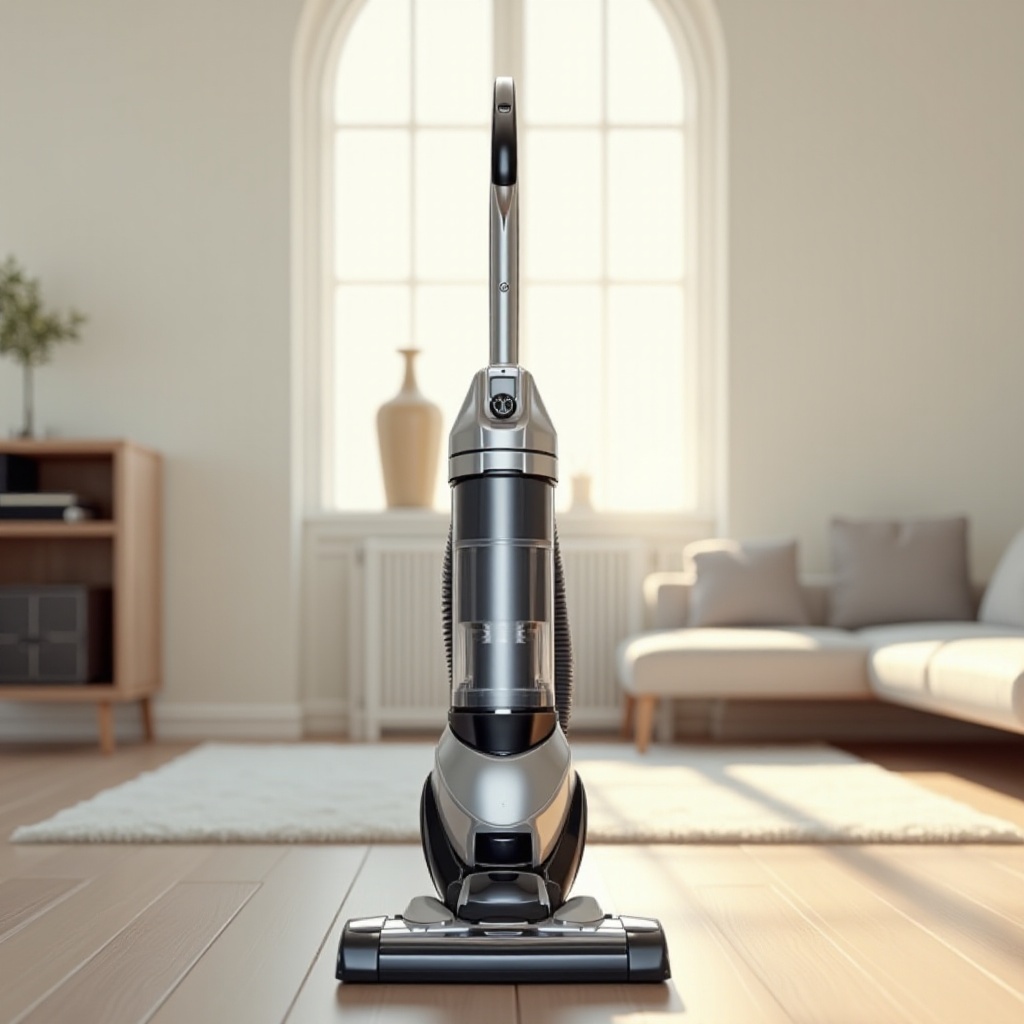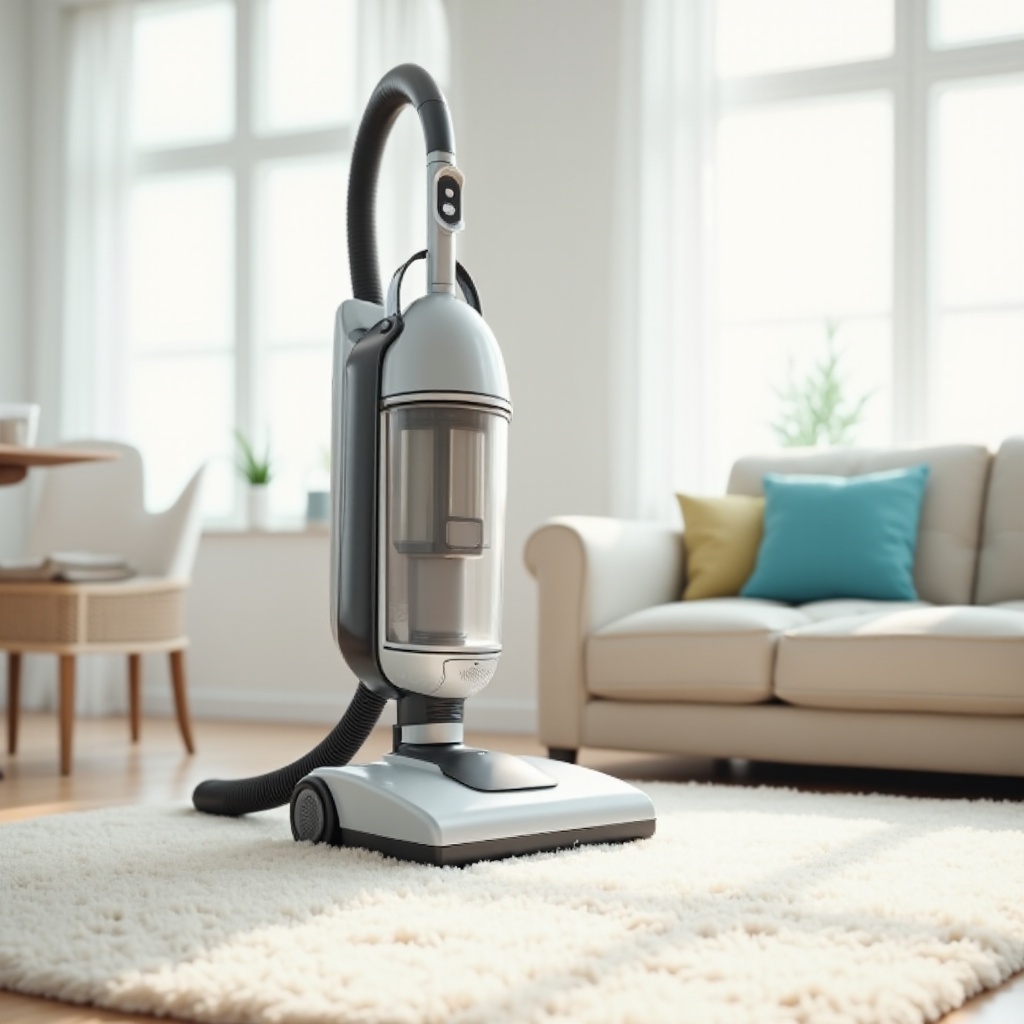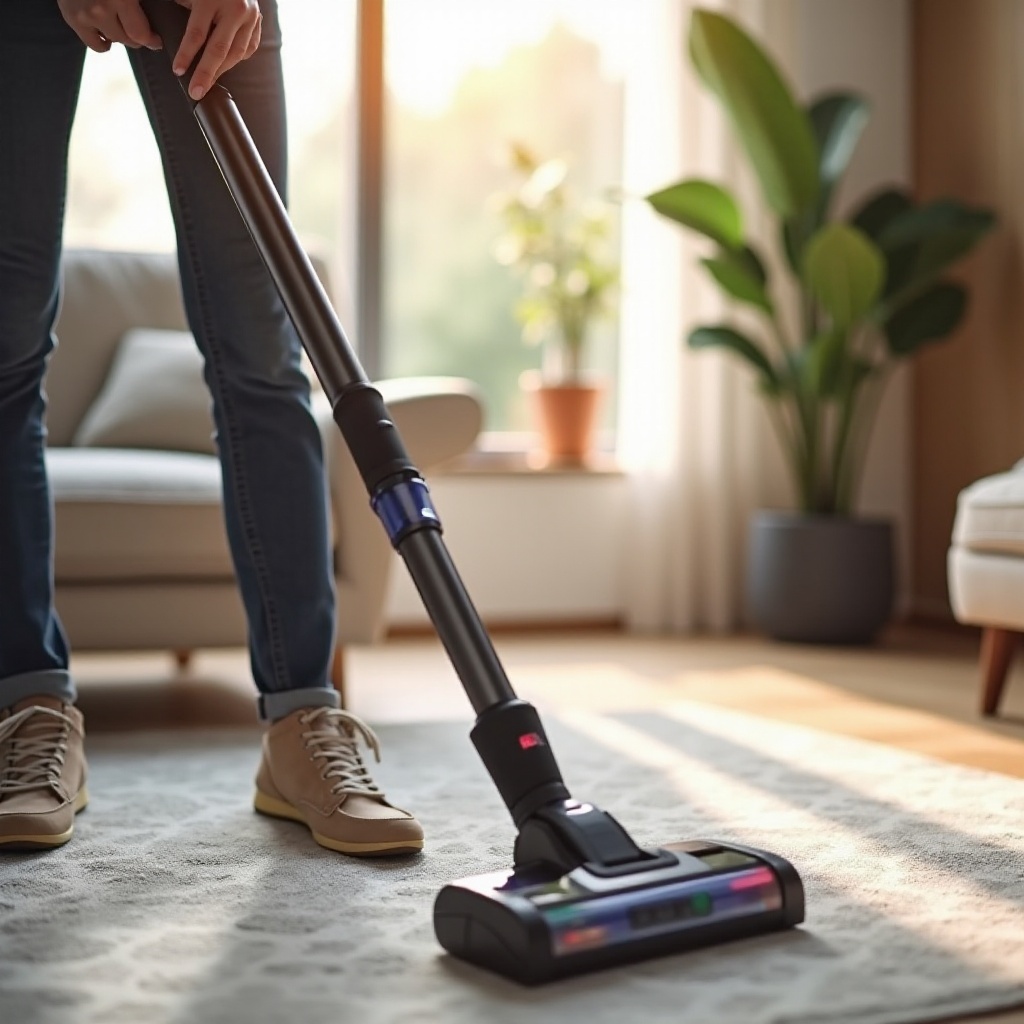Introduction
The choice between bagged and bagless vacuums often stirs up debate. Many households question which type is superior regarding performance, cost-efficiency, and health benefits. Bagged vacuums, having been a staple in cleaning appliances for decades, boast a range of benefits and some drawbacks. This article delves into the specifics of bagged vacuums, compares them with their bagless counterparts, and examines ideal scenarios for their use.

Understanding Bagged Vacuums
Bagged vacuums utilize a disposable bag to capture and store dust, dirt, and debris. When the bag becomes full, it’s removed and replaced with a new one. This technology is known for its effective filtration system, which typically includes multiple layers to trap fine particles. The process allows for a hygienic disposal since the contents are sealed away, reducing the risk of dust exposure during clean-up.
Advantages of Bagged Vacuums
Bagged vacuums provide several key benefits that appeal to various users. Firstly, they offer superior air quality. The sealed bag, combined with advanced filtration, ensures minimal dust and allergens escape back into the environment. This feature makes them especially beneficial for individuals with allergies or respiratory concerns.
Secondly, these vacuums require less maintenance. Since the bag itself acts as a primary filter, there is no need to regularly clean or replace additional filters. This convenience factor saves time and effort.
Another advantage is their capacity. Bagged vacuums typically have a larger dust storage volume compared to bagless models. This means fewer replacements of the bag and less frequent emptying, a valuable asset in larger homes or for intensive cleaning sessions.
Finally, the bags in these vacuums are designed to offer consistent suction power. As the bag fills up, its performance remains steady, which is not always the case with bagless vacuums.

Disadvantages of Bagged Vacuums
However, bagged vacuums come with certain disadvantages. One primary concern is the recurring cost of purchasing replacement bags. Over time, this can add up, making bagged models potentially more expensive in the long run.
Another drawback is the environmental impact. Disposable vacuum bags generate additional waste, contributing to landfill concerns. Eco-conscious consumers might prefer alternatives that generate less waste.
Convenience can also be an issue. Although the bags are easy to replace, running out of bags mid-cleaning session can be frustrating. Keeping a constant stock of bags requires planning and can be seen as an inconvenient hassle.
Lastly, some bagged models can be bulky, making them less portable and harder to store, especially in smaller homes or apartments.
Bagged vs. Bagless Vacuums Comparison
Comparing bagged and bagless vacuums involves weighing several factors. To begin with, filtration and air quality play a significant role. Bagged vacuums offer superior filtration, which is particularly beneficial for allergy sufferers. While bagless models often feature HEPA filters, they might not seal in dust as effectively as bagged vacuums.
From a cost perspective, bagged vacuums require recurring expenditure for new bags, whereas bagless models save on this front. However, bagless vacuums may require more maintenance, such as cleaning filters and emptying dust bins, which can be messy and time-consuming.
Considering the environmental impact, bagless vacuums are typically more eco-friendly due to the absence of disposable bags, though they still contribute to waste through filter replacements.
In terms of maintenance and usability, bagged vacuums need less frequent care and provide a more hygienic option for disposal. Bagless models, though possibly more cost-effective, may expose users to dust during emptying and can be cumbersome for sensitive individuals.
Performance consistency is another factor where bagged vacuums shine, often maintaining stable suction power. In contrast, bagless models might see a reduction in performance as their dust containers fill up, requiring more frequent attention.
Best Scenarios for Bagged Vacuums
Bagged vacuums excel in several situations. They are particularly effective for households with allergy and asthma sufferers due to their superior filtration and dust containment. Large homes benefit from their increased capacity, which reduces the frequency of bag changes, making them suitable for extensive cleaning tasks. For those with busy lifestyles, the low maintenance nature of bagged vacuums provides a convenient and efficient cleaning solution.

Conclusion
Bagged vacuums present a compelling option for many households, especially those prioritizing air quality and low maintenance. While they have drawbacks, such as recurring costs and environmental concerns, their benefits often outweigh these for specific users. Ultimately, choosing between bagged and bagless vacuums depends on your unique needs and preferences.
Frequently Asked Questions
Are bagged vacuums better for people with allergies?
Yes, bagged vacuums are typically better for allergy sufferers due to their sealed dust and debris containment system, which reduces the spread of allergens during disposal.
How often should vacuum bags be replaced?
The replacement frequency depends on usage and bag size. Generally, bags should be replaced when they are about two-thirds full or when the vacuum’s performance starts to decline.
Are bagged vacuums more expensive in the long run?
Potentially, yes. The recurring cost of new vacuum bags can add up over time, making bagged models more expensive compared to bagless vacuums, which do not require bag replacements.
